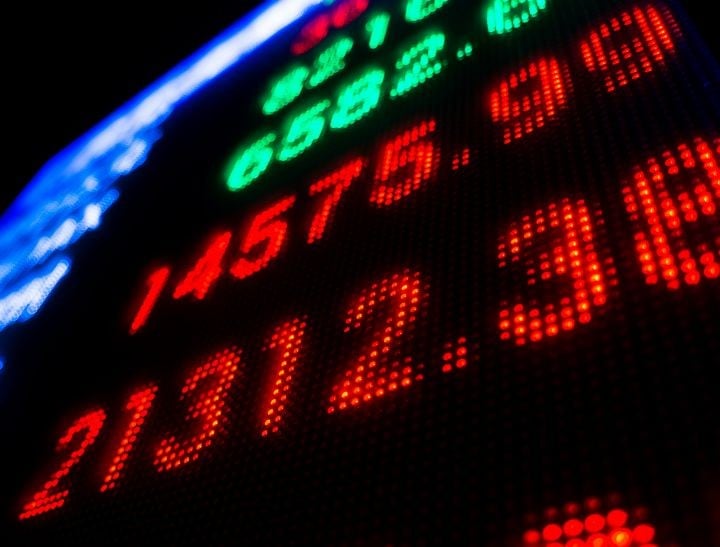
What do all those plunging red lines mean?
This week we saw the Australian stock market take a dive, and send news headlines and economists into a frenzy. In what seemed like seconds, investors collectively lost up to $70 billion as share prices listed on the Australian Stock Exchange (ASX) were devalued.
It follows last week’s trauma of global markets, where we saw the U.S. stock market reportedly fall to its lowest level in almost four years.
When you turn on the TV and see those plunging graphs flash up on the screen, you’re probably thinking, shit, that looks scary! But is it really as bad as the graph’s dramatic downward dive makes out? Or as serious as that balding expert looks as he is warning us to take cover and brace for the shockwaves?
What does it all mean and should we really be worried? The answer is, probably not… Well, not just yet, anyway.
Why did the stock market take a dive?
The Australian economy is closely linked to the Chinese economy due to huge amounts of Australian exports, including natural resources, being exported to China.
Since late July, the Chinese stock market started plunging, losing about 8.5 percent. This is in part fueled by private investment using borrowed funds, pushing the market up over the preceding year.
However, the Chinese market has not met expectations, and contracted to its current position. This has had a knock-on effect to other global economies, including Australia, where we felt the impact this week.




























































































